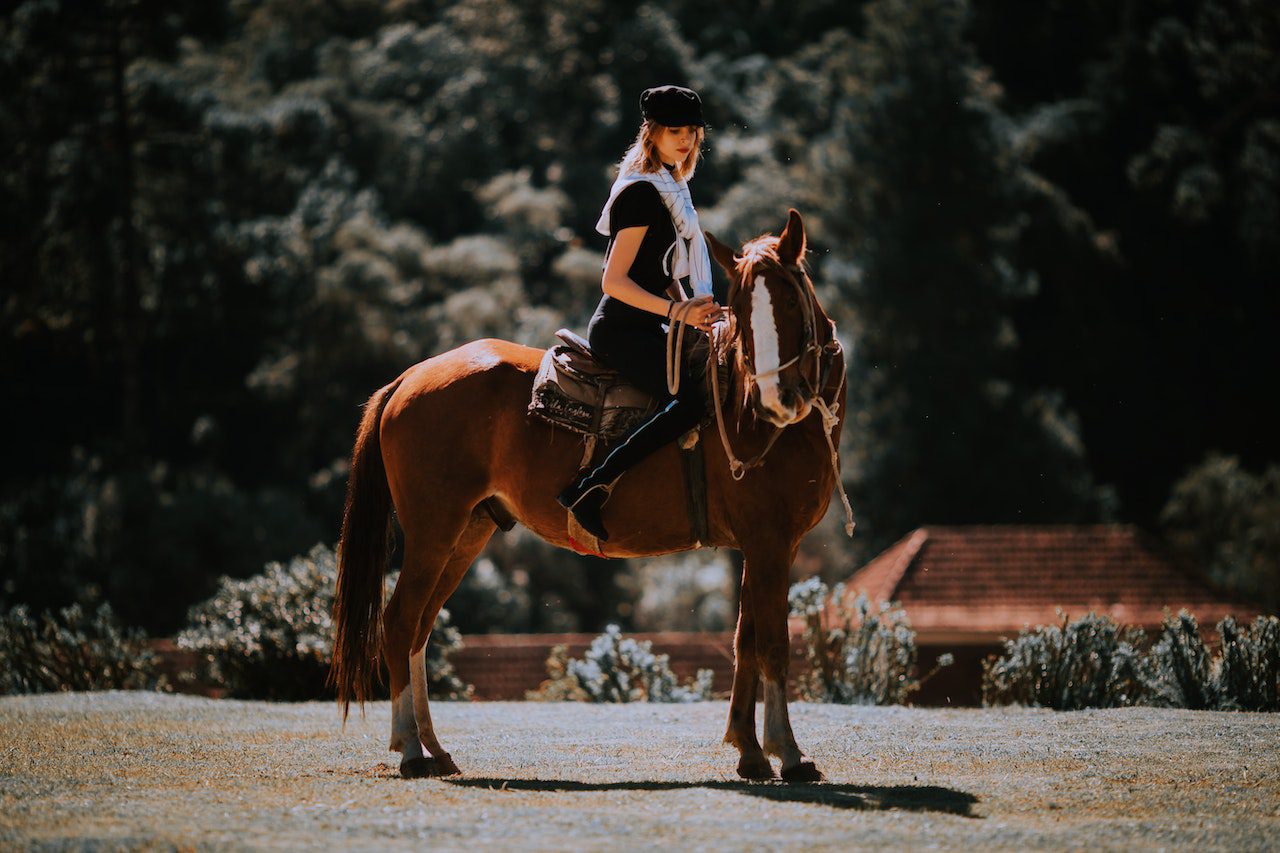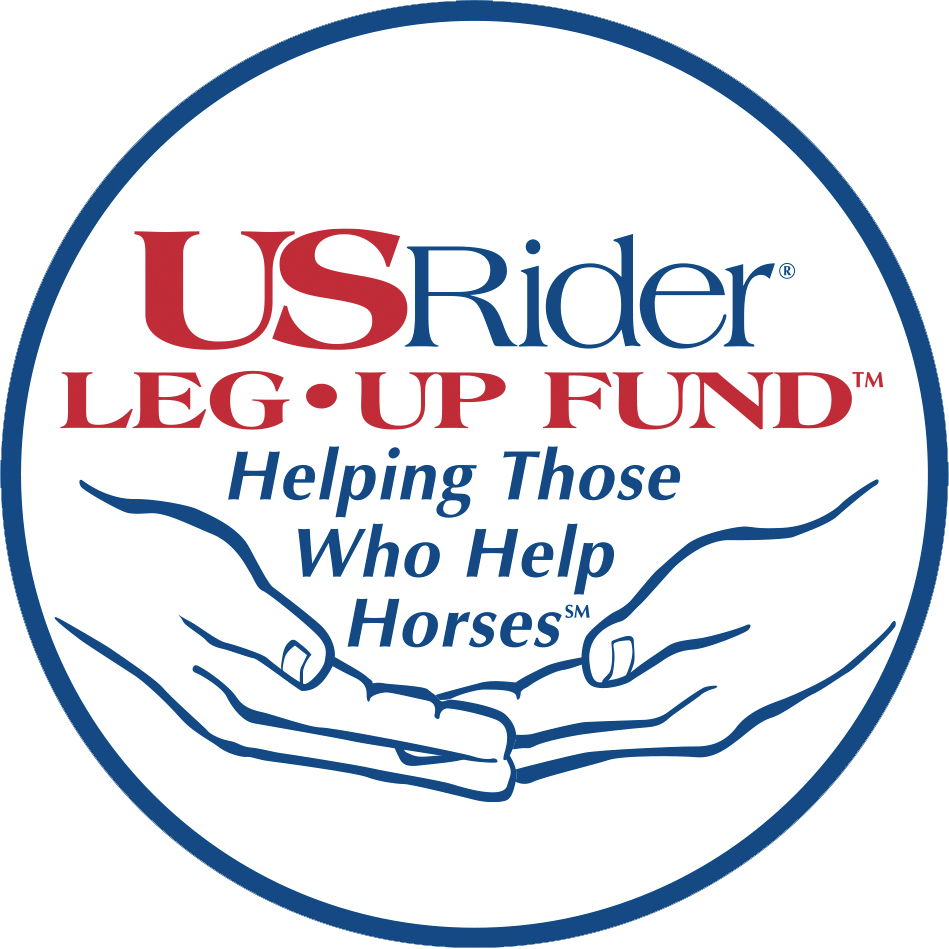You’ve read the ads, seen the endoscope studies results and heard the talk: Gastric ulcers are incredibly common in domesticated horses. The incidence is higher in heavily stressed horses, like...

You’ve read the ads, seen the endoscope studies results and heard the talk: Gastric ulcers are incredibly common in domesticated horses. The incidence is higher in heavily stressed horses, like racehorses and endurance horses, but ulcers are being found in quiet horses that seem to have a plain, ordinary, easy life, too.

A horse who has an unusual change in attitude or becomes touchy around their abdomen may have an ulcer. Plenty of turnout — time for a horse to be a horse — is important to your horse’s health. Stall confinement increases your horse’s risk for ulcers.
If your horse doesn’t quite seem like himself at times, not colicky, but definitely somehow uncomfortable, he may be battling an ulcer. Or maybe he doesn’t eat with the enthusiasm he used to have, or just lacks the “spirit” he used to have. You’ve ruled out other possibilities and are left to face the fact that you may well be seeing the symptoms of a chronic gastro-intestinal (GI)-related problem, such as an ulcer.
Risk factors for developing ulcers include:
• Stall confinement.
• Sporadic feeding rather than constant access to grass.
• Exercise faster than a walk. (This causes enough rise in abdominal pressure to cause some acid movement into the unprotected areas of the stomach. The faster the horse moves, the more pressure and back wash of acid.)
• Feeding processed feeds rather than whole grains.
• Prolonged fasting (e.g. long trips, long period of time between last feed of the day and the morning feed).
• Any problem elsewhere in the gastrointestinal tract.
• Use of nonsteroidal anti-inflammatory drugs and corticosteroids.
The only way to definitively diagnose gastric ulcers is to examine the stomach directly with an endoscope at a veterinary clinic or do a sucrose-absorption test (see sidebar). However, most horses are “diagnosed” by symptoms only.
Signs most suggestive of gastric ulcer include:
• Grinding of the teeth.
• Belching noises.
• Slow eating, often walking away without finishing meals all at once.
• Picky appetite that includes the horse refusing foods or supplements that were consumed readily before.
These symptoms aren’t diagnostic of ulcers, but they do suggest discomfort associated with the upper GI tract/stomach. Less-specific signs frequently attributed to ulcers are:
• Sour, sulky attitude.
• Poor coat.
• Weight loss.
• Poor performance.
• Irritability.
• Sensitivity to touch around the horse’s lower belly/sternum area.
Since the signs and symptoms are nonspecific — and overlap quite a bit with other causes of low-grade intestinal-tract discomfort and with pain from any cause — ulcers may be blamed when another problem is actually the cause. It’s important to involve your veterinarian in the diagnosis and treatment.
While horses can develop some degree of gastric ulceration easily and under a wide variety of conditions, ulcers can and do heal spontaneously. On a scale of 1 to 3, with 1 being only obvious reddening of the stomach lining and 3 is a deep ulcer, a horse with a grade 3 ulcer is more likely to actually have symptoms as a result and definitely requires treatment, while a grade 1 stomach irritation could be symptom-free and resolve on its own.

Exercise As A Risk Factor
Studies performed at the University of Florida have shown that horses moving at a rate faster than a walk experience increased abdominal pressure that essentially back flushes highly acidic stomach contents from the lower, acid-producing (glandular) portion of the stomach back to the nonglandular portion. The Florida researchers found that when a horse is standing or walking, the pH of the stomach just inside the junction with the esophagus is in the range of 5 to 6, but as soon as the pace is picked up the acid back flow can drop it to as low as 1.
The more time the horse spends moving around faster than a walk, the greater the exposure of these portions of the stomach to highly acidic conditions. It’s a small wonder that a preliminary study looking for gastric ulceration in endurance horses found lesions in 67%. Most lesions were located in the nonglandular portion, same location as in other performance horses, but 27% also had ulceration in the glandular portion, a condition that is usually only seen in horses following a critical illness of some type.
Given the prolonged, strenuous exercise it was surprising that more horses did not show ulcers, but common practices on rides may be why. Many endurance riders feed alfalfa, which has an excellent buffering effect in the stomach. Beet pulp is another favorite and remains in the stomach longer than other types of feed. Allowing the horse to stop for water at every opportunity will also at least temporarily dilute the acidity.
Our Trial
Our field-trial horses included both horses with a documented history of gastric ulcerations and horses with symptoms suggestive of ulcers. As we stated, symptoms alone aren’t enough to make an ulcer diagnosis. In addition, other digestive upsets, particularly from high grain feeding or poor digestive efficiency, may cause similar symptoms. However, since poor digestive efficiency or overfeeding will likely result in drop in pH in the large intestine and some irritation of the mucosa there, it’s possible that many of these products could be of benefit under those conditions as well. (The response to these products was judged solely on the basis of symptomatic control and doesn’t necessarily correlate with actual healing.)
We found the antacid products were the most consistently effective in providing symptomatic relief for the greatest number of horses. Best results are obtained when using liquids given by oral syringe for the first one to two weeks, minimum of two times/day, before each feed, preferably three to four times/day, as well as immediately before work. The appetites of the horses improve within one to four days and most rapidly with intensive treatment.
Studies on the use of antacids in horses usually call for much higher doses than we found effective for control of symptoms. However, those studies are focusing on the dose required to decrease acidity in a horse that has been fasted, while our horses were allowed constant access to hay and offered concentrate on their regular schedules. Since the presence of food in the stomach also has a buffering effect, this may explain the lower effective doses.
It’s important in choosing a product for long-term use that it doesn’t upset your horse’s nutritional balances/intake. For example, magnesium is a common ingredient in many of these formulations. While low dietary magnesium can be a cause of excitability/nervousness in horses, overdoing magnesium can cause the same symptom, as it inhibits the absorption of calcium. Too little calcium can also cause nervousness, bone weakening, achy and weak muscles and abnormal heart rhythms. The proper Ca:Mg ratio is 2.5:1.
As with any illness/disorder, always consult with your veterinarian first before instituting any treatment program.
Bottom Line
Our favorite liquid antacid was U-Gard Solution. Other liquids performed similarly at equiv alent or higher dosages, but U-Gard then beat them on price. Similar rapid results were obtained with Stomach Soother (use cautiously if horse is showing severe symptoms and largely off feed), G.U.T. paste and Rapid Response.

These are much more expensive than the liquid antacids, and they avoid the possible calming effect seen with the high-dose calcium or calcium/magnesium products. The G.U.T. is less costly than Rapid Response, but Rapid Response doubles as an effective joint supplement.
If liquids/pastes aren’t a good choice, and for follow-up after a course of liquids or paste once the horse is eating well, powders are convenient. Again, the U-Gard 2X gets the nod for effectiveness and being most economical.
When prolonged symptom control is needed, effects of the antacids on the calcium/phosphorus/magnesium balance of the diet should be considered. To avoid the possible need to correct for mineral imbalances, consider using G.U.T powder or one of the herbal formulations.


"*" indicates required fields